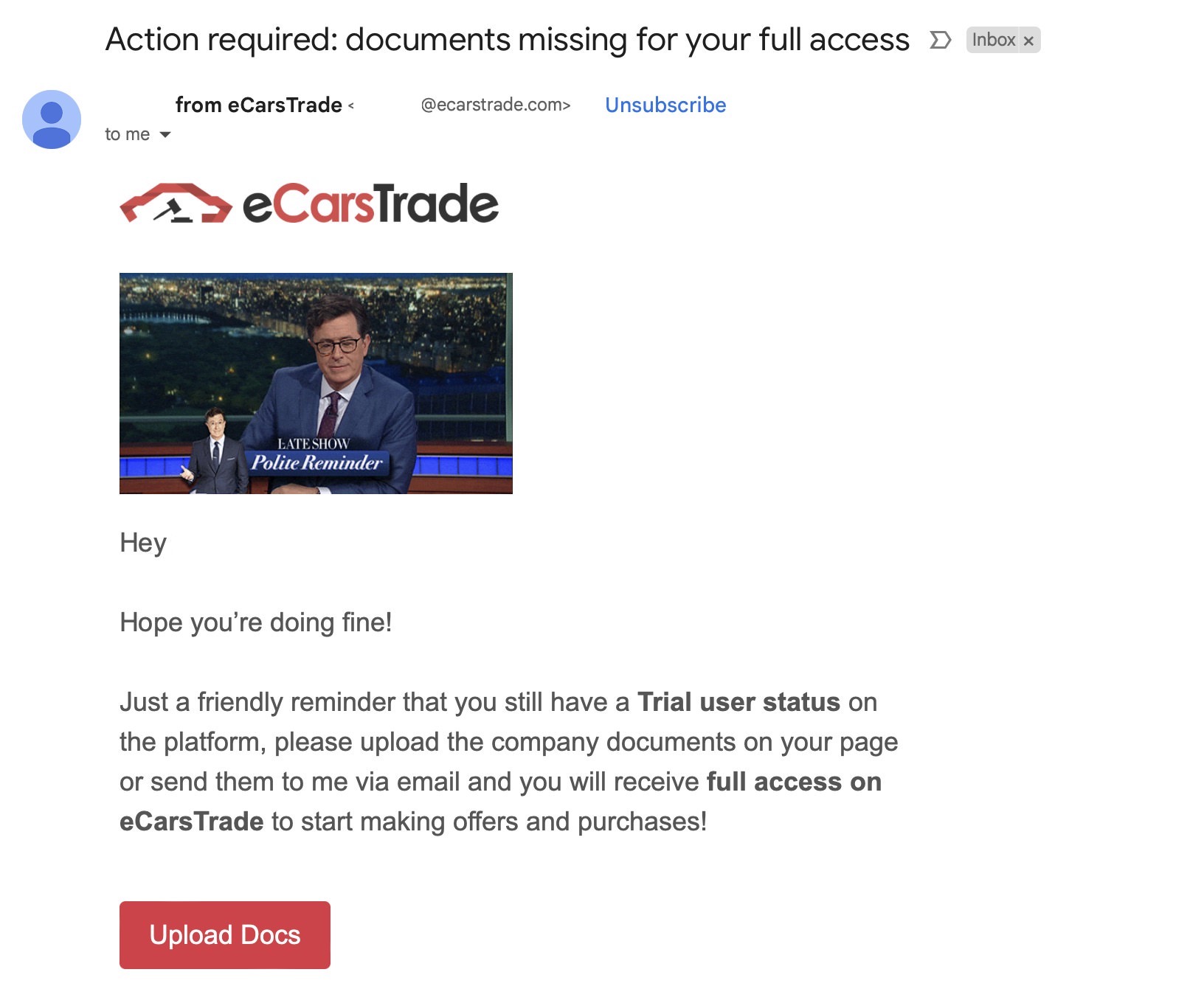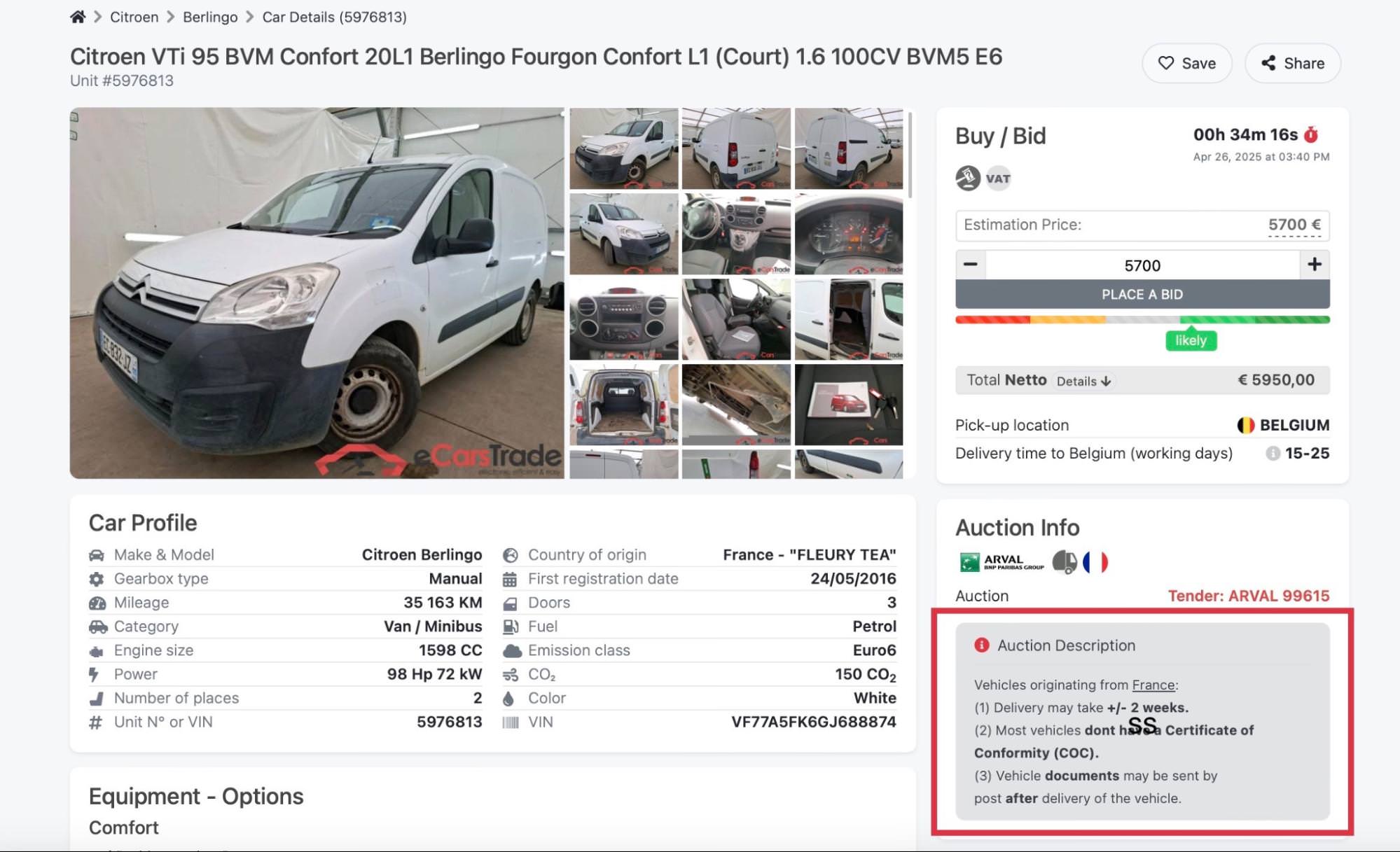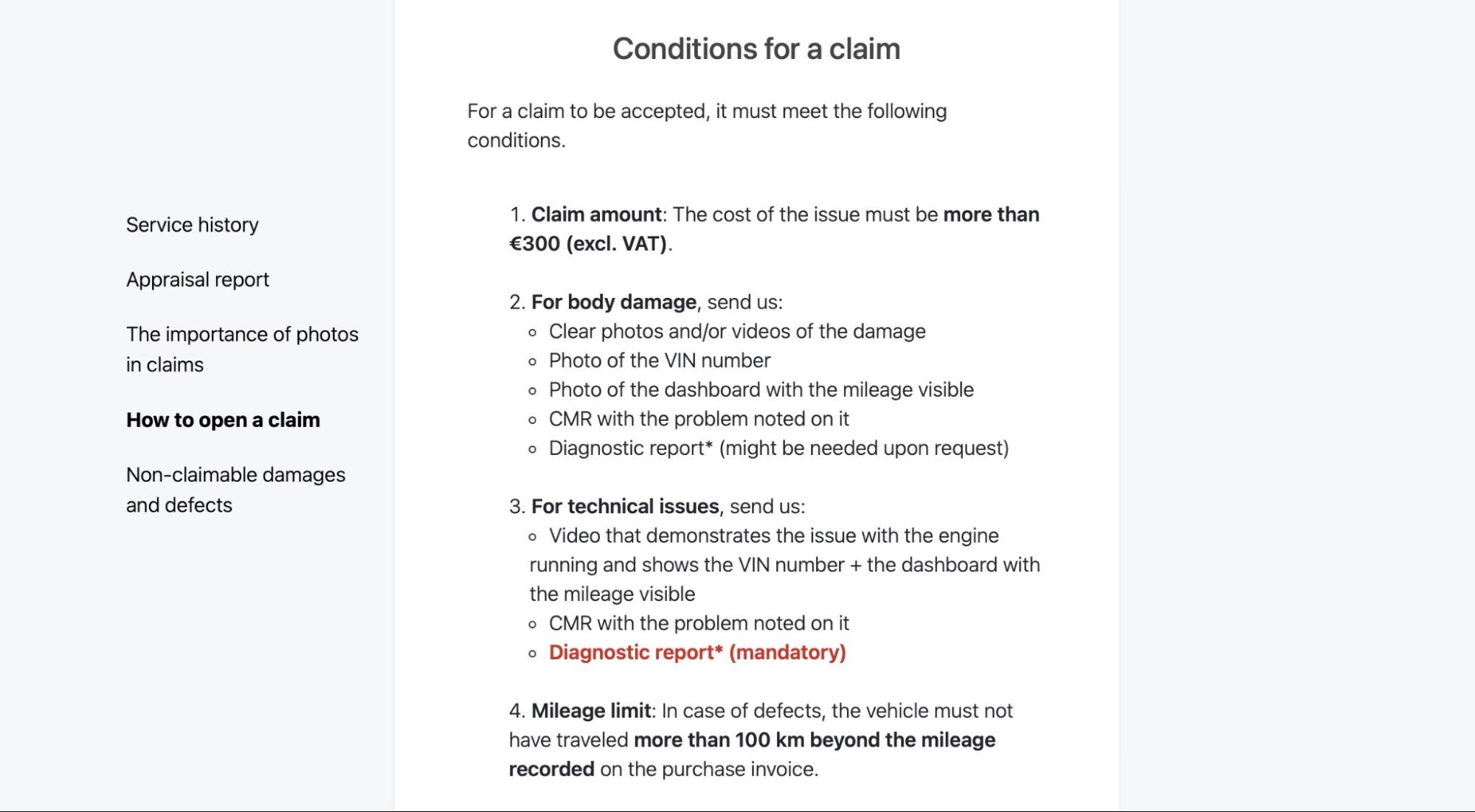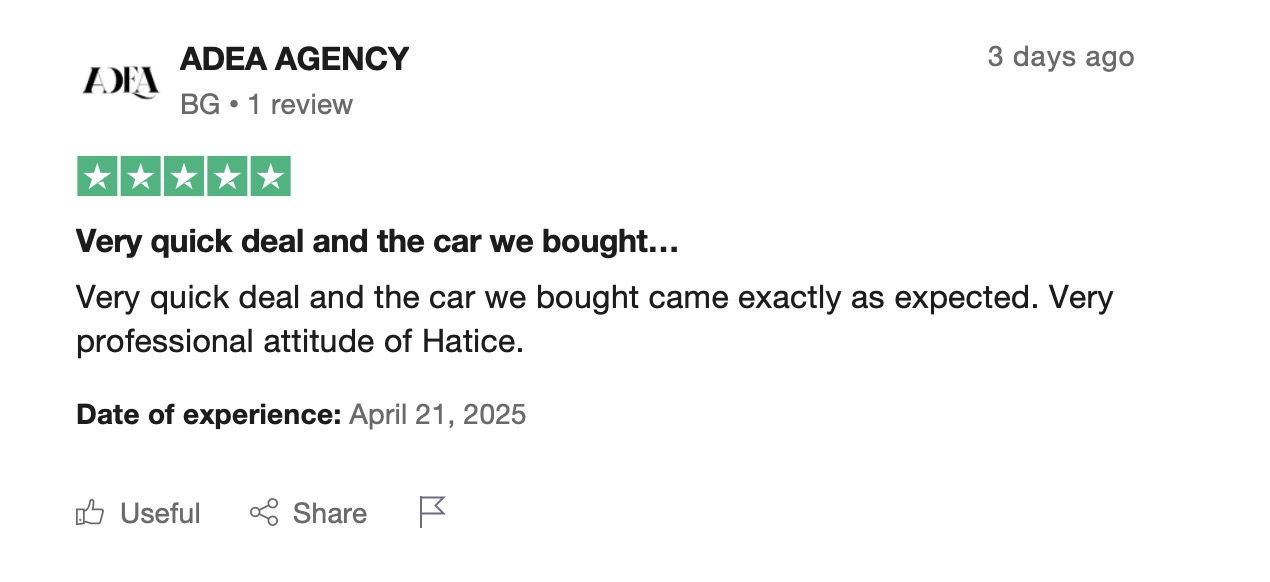- Blog
- Best Practices to Improve Customer Service in Your Car Dealership
Best Practices to Improve Customer Service in Your Car Dealership
Learn how to improve customer service in your dealership and handle common client situations with ease.

Key takeaways
- A small, well-trained team is enough to deliver excellent customer service if they have the right workflows.
- Standardizing your processes and preparing scripts for common scenarios saves time and keeps communication consistent.
- You can’t avoid complaints, so be prepared to handle them.
- Being transparent about delays, conditions, and policies builds trust and reduces customer frustration.
It’s easy to only focus on sales when running a dealership. After all, your main goal is to turn profits.
However, improving customer service across all areas of your operations can help you:
- Close deals faster
- Attract new customers
- Build stronger relationships with clients
- Spend less time on back-and-forth communication
Essentially, preparing for common customer situations can help you handle all interactions more smoothly, so let’s see how you can start improving the service at your dealership right away.
How to structure your customer service?
The first association with customer service might be a busy call center with hundreds of agents.
While this may be an option for large dealerships, most medium-size dealerships don’t need a big team.
What matters more is training the employees you already have and giving them clear roles, tools, and guidelines. Even a small, well-trained team can offer excellent service if they have the right support.
Workflow analysis and optimization
If you’d like to improve your service, you should start by analyzing what it looks like right now. Are there any repetitive tasks that take too much time? Who handles incoming calls or emails, and how are requests tracked and resolved?
Here’s an example from our own platform.
We noticed that many users were messaging our team saying they couldn’t see listing prices. The reason? Their account registration wasn’t fully completed.
To help them faster and reduce writing repetitive replies, we set up automated emails that guide users to send the missing documents so they can unlock full access to car listings.

This simple optimization got us fewer repeated questions, faster onboarding, and more time for our team to handle complex requests. All of that was possible because we took the time to understand where customers were getting stuck, and built the solution accordingly.
That’s also an example of how automation in the automotive industry can help you save time.
Communication channels and protocols
Next, you should decide which channels you’ll support and make sure your team knows how to use them. For example:
- Phone and email for direct communication
- Live chat or WhatsApp for quick updates
- Internal tools or CRM notes for team communication
Whichever channels you choose, make sure the entire team knows how to use them.
The same goes for the software stack you’re using. Whether you’re handling customer requests via email or specialized customer service software, all team members should know how to use the tools quickly and effectively.
Create scripts for your team
Speaking of resolving issues quickly and effectively, it’s highly beneficial to prepare scripts, templates and guidelines your team can use in communication with customers.
This ensures that no matter who’s handling the request, the customer experience stays consistent and professional. You can find one such guideline below.
Handling common customer scenarios
We’ll start with a situation that you’ve probably encountered already. Let’s say that a customer sends photos of scratches, dents, or missing parts when they receive their car.
The suggested procedure here could go like this:
- Acknowledge the concern and thank them for sending the photos.
- Check the original listing and inspection report to confirm whether the damage was documented.
- If it was listed: Politely point this out and explain that the vehicle was sold in that condition.
- If it wasn’t listed: Send the case to your claims team to check and decide what to do next.
- Keep communication professional and focused on facts.
There’s no reason why a routine issue like this one should be handled differently each time. Instead, you and your team can rely on a clear, written process that keeps responses consistent and saves time.
It’s also important to encourage polite, clear communication. No matter how complex the situation might be, it’s best to avoid overly technical terms or long explanations. Keep it simple!
Common scenarios to prepare for
Depending on the type of dealership you run, you might deal with different types of customer questions and issues.
Still, there are some common situations that most used car traders face. Here are a few examples and suggestions on how you can handle them quickly and professionally.
Delays or availability issues
Delays happen, and customers often ask about them. Since delays frequently happen because of factors outside a trader’s control, the best approach is to be transparent about expected waiting times right from the start.
At eCarsTrade, we like to set expectations early, which is why we mention possible delivery delays and document timelines directly in our listings.

That way, customers are informed before they make a purchase, which helps build trust and reduces the number of questions and complaints later on.
Warranty situations
If your dealership offers warranties, you’ll need to prepare your team to handle questions about coverage, repairs, and timelines. Make sure everyone knows what’s included in the warranty and how to communicate the process to the customer clearly.
Price negotiations
Price negotiations can be tricky because both sides are trying to get the best possible deal. Luckily, you can manage just that by training your team to handle these discussions professionally.
Setting and following clear internal rules will help you stay consistent and avoid unnecessary tension.
Here are a few tips to keep negotiations on track:
- Set limits in advance
- Offer reasonable alternatives
- Highlight the total value, not just the price
- Always stay respectful
Complaints and claims
It’s completely normal to receive complaints when doing business. In fact, the practice is so common that we’ve compiled a guide on responding to negative reviews online.
But what happens when customers buy vehicles from you and later report defects that they want to open a claim over?
Having a clear, transparent claims process saves a lot of time here, and that’s why we provide our customers with detailed guidelines on how to open a claim and what documents they need to send.

An excerpt from our claims policy
Whenever possible, point your customers to your official claims policy, just like we do. If the rules are specified, then there are clear expectations on both sides.
Train your customer service team
If we could summarize this entire post into one sentence, it would be: Trained employees lead to happy customers. When your team knows how to help professionally, it shows, and customers notice it.
In some cases, buyers will even post about that online, which helps you attract more customers in the long run.

A Trustpilot review highlighting our team’s professionalism
Some key areas where you can train your sales and customer service teams include:
- Product knowledge
- Active listening skills and exercises
- Conflict resolution techniques
- Using new software
All in all, if your employees know how to guide customers through any situation, they’ll be able to resolve issues, close deals faster, and keep clients coming back.
Adapting practices to current customer trends
In this article, you’ve seen some general tips that most dealerships could apply, and you’ve also seen a few examples of how we communicate with customers at eCarsTrade.
We were able to improve our customer service by observing what kind of questions our buyers usually have, where we could speed up dealership processes, and how we could communicate clearer. We advise that you do the same for your dealership!
You may notice that customers are asking for faster updates, clearer delivery timelines, or easier ways to track their purchases.
Whatever the trend is, adapting your customer service practices to meet new expectations will help you stay competitive and keep your clients happy.
eCarsTrade is not just an online auction platform - we are also a valuable resource for car dealers and traders. Our blog offers expert advice on various topics, including:
_01JE9WH8CRTMG3B3WDH56WNJHD.png)

